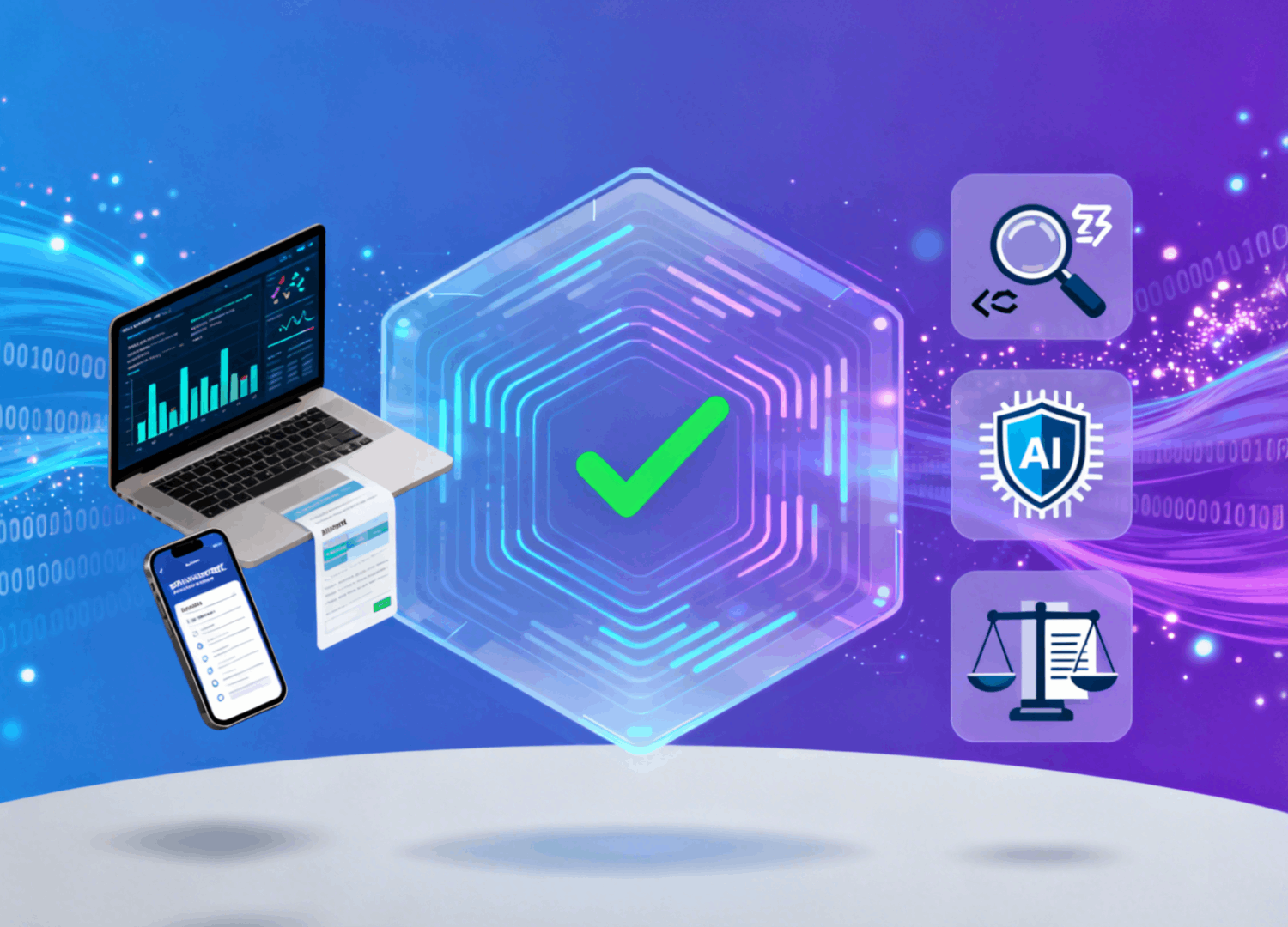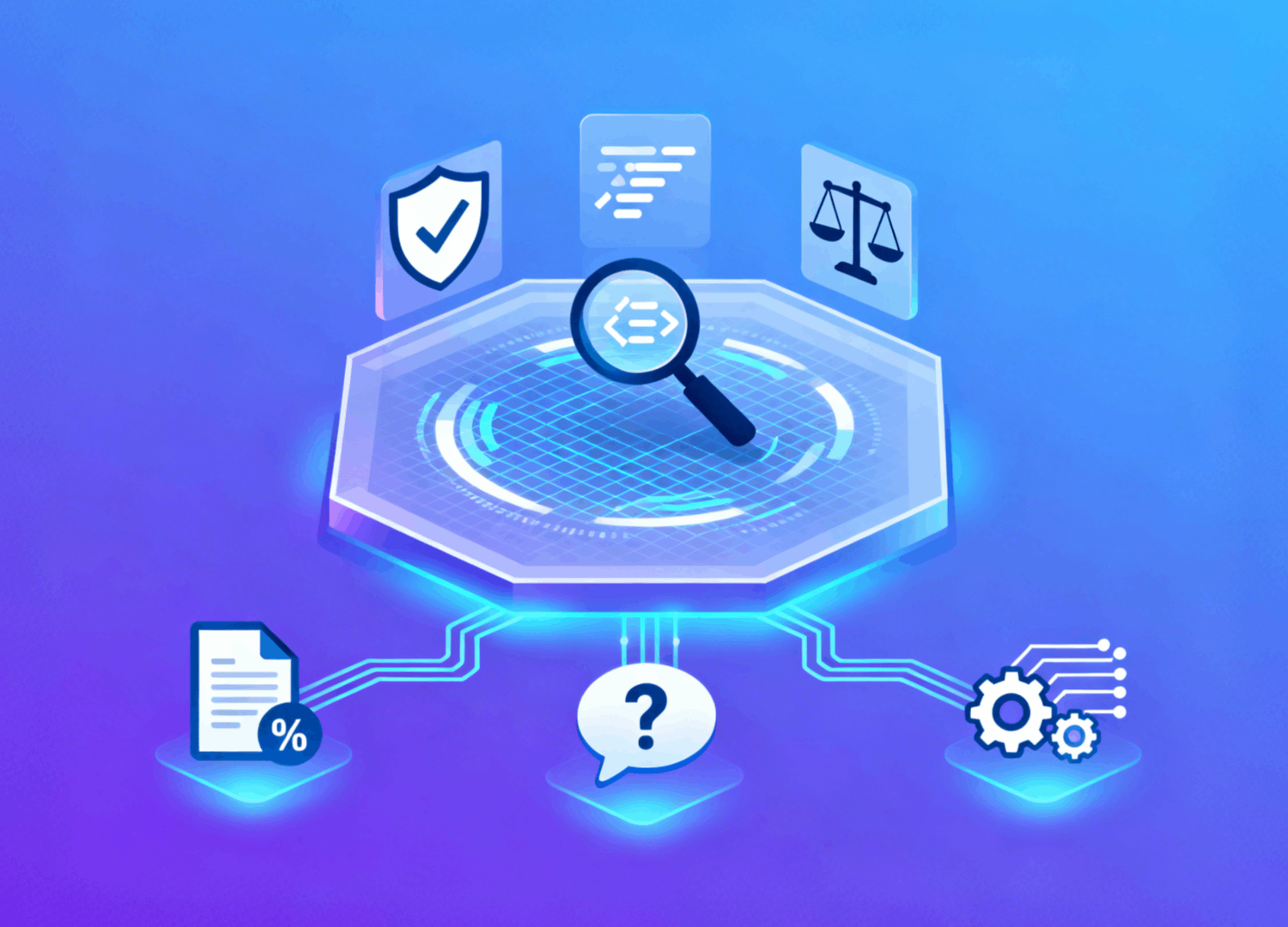
Top AI Content Detectors: Essential Tools for 2025
With the proliferation of AI-generated content, tools like AI Content Detector, AI Checker, and Chat...
The rise of AI-generated content has become noticeable across classrooms, publishing houses, and business environments. Teachers want to verify assignments, editors need to check originality, and content managers are cautious about credibility. Free AI detectors offer a convenient first step, especially since they don’t require subscriptions or complicated setup. Yet, not every tool works the same way, and the usefulness of their output depends on how clearly they present it.
When someone uses a detector, it generally scans the text for recurring syntax, predictable sentence patterns, and word choices common in machine-generated writing. These tools often rely on models trained to recognize statistical patterns rather than understanding meaning in the human sense. For instance, repeated sentence openings, overuse of certain transitional phrases, or highly uniform paragraph lengths can all be indicators. While this approach can flag unusual patterns, it is far from perfect.
A student writing in a formal or academic style could inadvertently trigger a false positive simply by maintaining a highly structured essay, while an experienced writer who mirrors AI-like sentence rhythm might also be flagged incorrectly. Meanwhile, advanced AI models are increasingly capable of mimicking subtle human nuances—such as varying sentence length, injecting idiomatic expressions, or emulating a personal voice—making detection progressively more challenging.
Users should view the results as guidance rather than definitive proof, using the highlighted cues as starting points for closer review rather than as automatic judgments about authenticity. In practice, detection serves best as a tool to focus attention rather than replace careful reading and evaluation.
In practical use, people care about two things: speed and interpretability. Quick feedback becomes especially important when reviewing a large number of documents, such as grading essays in a classroom, evaluating submissions for a blog, or scanning reports for editorial review. Waiting several minutes per document can quickly become impractical.
However, speed alone is insufficient if the output lacks meaningful context. A detector that simply outputs a percentage or a probability leaves users guessing about which parts of the text triggered the alert. Highlighting suspicious sentences or phrases gives users a concrete starting point to examine specific sections more closely. It also allows them to differentiate between genuinely unusual patterns and stylistic choices made by the writer. Some tools even provide explanations about why a particular section might appear AI-generated, such as noting repeated sentence structures or overly uniform vocabulary.
This combination of fast processing and actionable feedback makes the tool genuinely useful in real-world scenarios, enabling educators, editors, and writers to focus their attention efficiently without wasting time on portions of text that are likely unaffected. Ultimately, speed and interpretability together determine whether a detection tool enhances productivity or simply adds uncertainty.
The frequency and volume of text checks vary widely. A student may only need to scan a single paper a week, while an editor might review dozens of articles daily. Free detectors often limit word count or the number of daily checks, which makes sense given server constraints. Light users may not feel the impact, but high-volume users might need to switch between platforms or consider paid options.
Modern writing often combines human drafting with AI assistance, followed by manual edits. In these hybrid cases, simple yes-or-no labels are insufficient. Tools that indicate which sections are more likely influenced by AI provide actionable insights for academic and professional review. This nuanced approach is far more useful than a single overall percentage.
Several free detectors are available, including ZeroGPT, Sapling, Writer.com, and AIGCChecker.com. Each offers different features: sentence-level highlights, confidence notes, or basic scoring. AIGCChecker.com lets users paste text without registration and points out passages that may resemble AI writing. Presenting it alongside other tools ensures it’s viewed as one option among many, rather than a sole recommendation.
No detector is perfect. Writing style overlaps, AI systems evolve, and language varies across contexts. Results should be interpreted carefully. A flagged sentence might reflect formal phrasing rather than AI influence. Human review—considering tone, intent, and past writing—is essential for accurate judgment.
AI detection is likely to become part of everyday platforms—learning systems, editorial dashboards, and corporate tools—rather than a separate step. Free versions will remain useful for casual checks, while premium tiers will serve organizations requiring reporting and integration. For individuals, the best approach is to use detectors as a first filter, cross-check with other tools if necessary, and rely on human judgment for context. Building habits of verification and critical reading ensures that these tools assist rather than replace thoughtful evaluation.

With the proliferation of AI-generated content, tools like AI Content Detector, AI Checker, and Chat...

With the popularity of AI writing tools, more and more students are using ChatGPT to generate essays

AI detection technology has become increasingly crucial in our digital landscape, where the line bet...

This article explores the rise of free AI detectors, their accuracy limits, and how they help identi...

As artificial intelligence continues to revolutionize content creation, the need to distinguish betw...